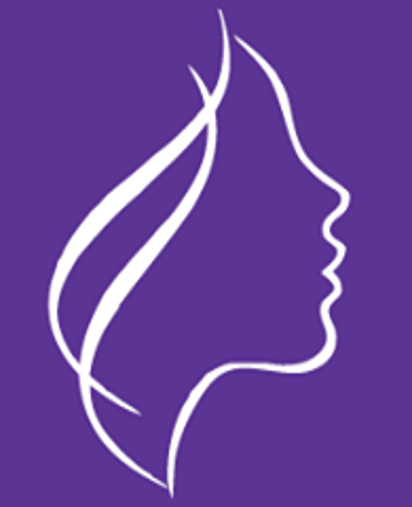Kenya’s healthcare system is undergoing a critical transformation. The current life expectancy in Kenya is 67 years, 0.34% improvement compared to last year. However, the country still faces major health challenges, with the main contributors to mortality being non-communicable diseases like cancer, diabetes, cardiovascular disease, and mental disorders, as well as communicable diseases such as malaria, TB, HIV, and pregnancy-related complications.
While patients flood healthcare facilities seeking medical care, there is an acute shortage of healthcare workers behind the scenes. According to WHO’s Global Health Observatory data, an average of only 53 skilled health workers serves every 10,000 people in Kenya. This mismatch between supply and demand is further highlighted by the fact that many doctors and nurses are unemployed despite the growing health demands. Recent data from the Numbeo Health Index Report-2024 ranks Kenya’s healthcare system as the second-best in Africa for readiness to offer quality medical services. Yet, events like the recent five-week strike by health providers emphasize the imbalance within the healthcare workforce.
Closer home, the Kenya National Bureau of Statistics shows that there are only 19 Doctors for every 100,000 people resulting in a doctor patient ratio of 1:5,263.
The flight of experienced medics to countries like Europe and America exacerbates the already low doctor-patient ratio, currently at 1:17,000, far below the WHO recommendation of 1:1,000. Uasin Gishu County alone lost 120 nurses in the last three years, and Kenya has agreements to relocate thousands more. While sending healthcare workers abroad might seem beneficial, it deepens the domestic shortage. To retain talent, Kenya must focus on better pay, clear career paths, and improved staffing to prevent burnout.
A multisectoral and collaborative approach is essential to increase the supply of competent health professionals. Regulatory health agencies play a critical role in ensuring the quality of training by overseeing educational institutions. By expanding the capacity of these training institutions, we can produce a competent, and ethical workforce ready to meet the growing demands of our healthcare system. Continuous training and up-skilling of healthcare professionals are crucial in adapting to rapidly changing health trends. Technology has significantly enhanced knowledge sharing, enabling healthcare workers to access current treatment protocols and make timely, life-saving decisions.
Complementing broader efforts to bridge the gap between healthcare supply and demand, the Nairobi Women’s Hospital College (NWH College) has been revolutionizing medical education in Kenya since its inception. The College offers training in various health disciplines to serve local, regional, and international markets. Since its establishment, the college has graduated over 300 skilled and competent health workers. Today, every medical facility in the country invariably employs NWH College graduates or trainees, thanks to the college’s skills-oriented training programs and relations with the Nairobi Women’s Hospital where students undertake their very important clinical practice. This speaks to the quality of education and training provided by the college.
This healthcare crisis isn’t unique to Kenya. Across the globe, many countries are grappling with similar challenges. In the United States, the Association of American Medical Colleges (AAMC) predicts a shortage of up to 139,000 physicians by 2033. Similarly, the United Kingdom’s National Health Service (NHS) is facing a workforce crisis, with significant shortfalls in nursing staff and general practitioners. The European Union is also experiencing a healthcare worker deficit, which has been exacerbated by the COVID-19 pandemic. These global parallels underscore the urgent need for comprehensive strategies to address the healthcare workforce crisis.
As Kenya navigates its path forward, the lessons learned from the challenges in the healthcare sector remind us of the pressing need for action. With the vision of accelerating the attainment of universal health coverage, the Kenya Universal Health Coverage Policy 2020 – 2030 aims to ensure significant improvement and overall transformation of the health sector in Kenya. This has led to the emergence of various medical training institutions across the country in support of the UHC Policy goals.
We must continue to strive towards a future where the health and well-being of all citizens are prioritized, and where the contributions of healthcare workers are valued and supported. Together, we can build an equitable, resilient healthcare system capable of meeting the needs of every patient, paving the way for a brighter and healthier future for generations to come.
By Ruth Osoo, Executive Director and Principal, Nairobi Women’s Hospital College

